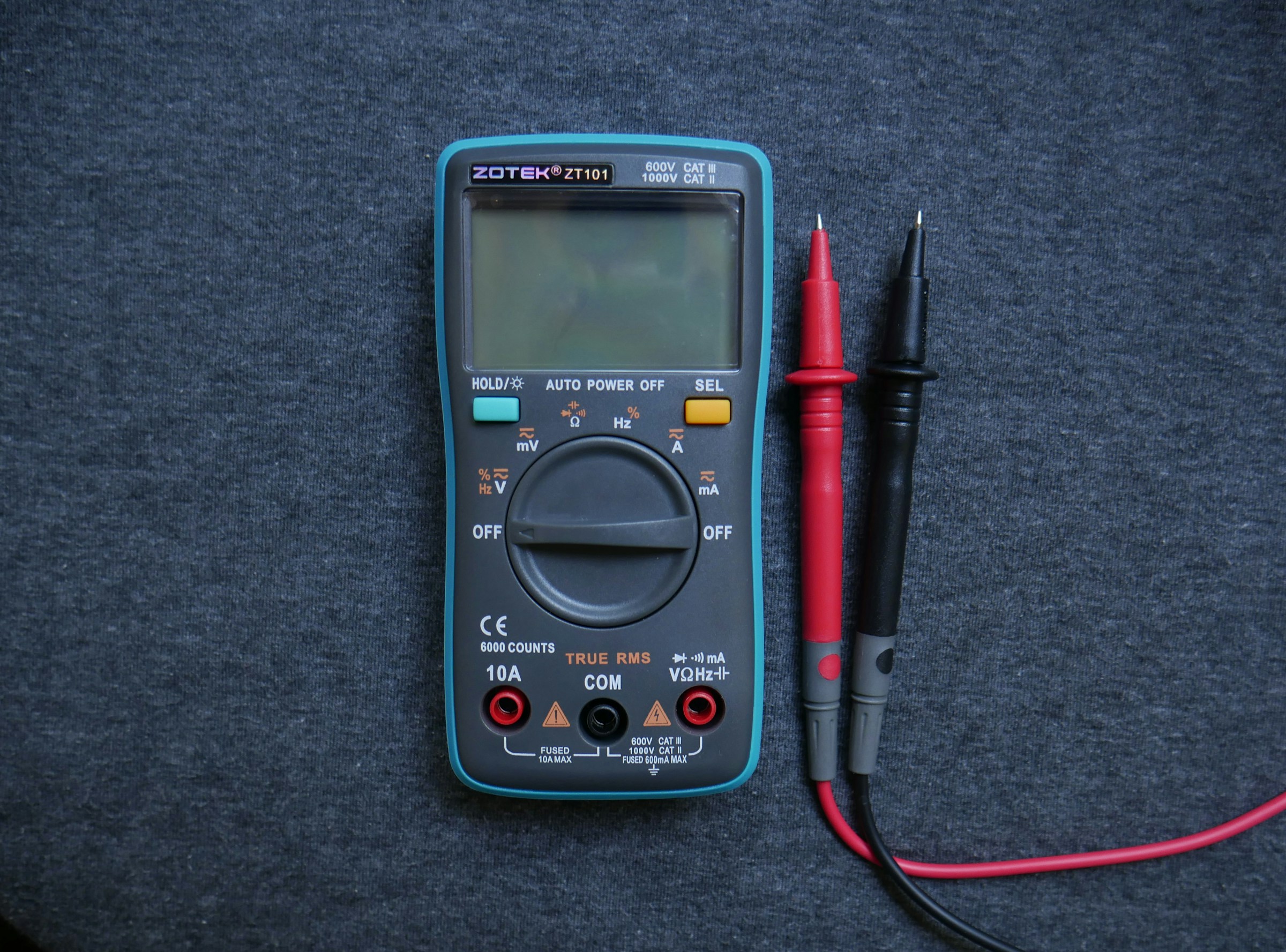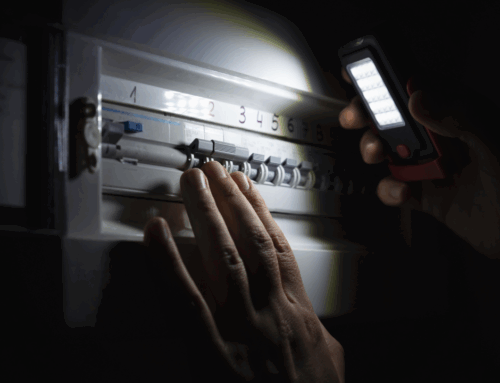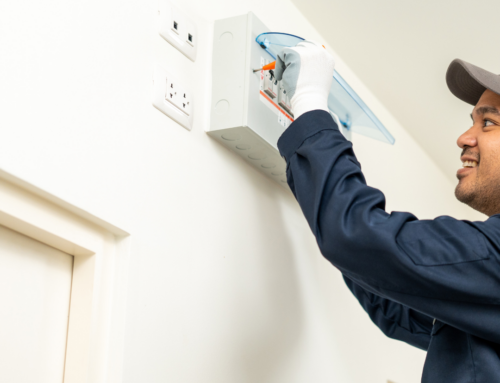If you’re running a business in the UK and planning an expansion, moving premises, or installing new machinery, you’ve probably asked yourself: How much electrical power do we actually need? It’s a simple question—but the answer can make a big difference to your safety, efficiency, and running costs.
In this blog, we’ll break down what you need to know about power demand in commercial properties, how to assess it, and when to bring in a professional electrician.
Why Does Power Demand Matter for Businesses?
Underestimating your power requirements can lead to:
-
Tripped circuits and overloaded distribution boards
-
Inconsistent performance from equipment
-
Fire risks due to overheated wiring
-
Higher maintenance costs from repeated faults
On the other hand, overestimating your needs can result in paying for infrastructure you don’t actually require.
That’s why it’s crucial to get it right—especially before making changes like adding workstations, installing electric vehicle chargers, or upgrading HVAC systems.
What Affects Your Commercial Power Demand?
Every commercial property is different. Here are key factors that affect how much power your site needs:
-
Type of business – An office with computers and lights uses far less power than a manufacturing unit with heavy machinery or refrigeration.
-
Number of devices and appliances – The more equipment you run, the higher your load.
-
Peak usage times – Consider whether everything runs at once (e.g. at opening hours) or in staggered stages.
-
Single-phase vs three-phase supply – Most homes and small offices use single-phase power, while larger commercial properties may need three-phase to handle higher loads efficiently.
How Do You Calculate Your Electrical Load?
This is where it gets a little technical. You’ll need to add up the wattage of all appliances and equipment in use. Most electricians work in kilowatts (kW) or kVA (kilovolt-amperes), and the total load should include a safety buffer of at least 20%.
For example:
-
10 computers @ 200W = 2,000W
-
Lighting @ 1,500W
-
Air conditioning @ 5,000W
That’s a minimum of 8.5kW—before you factor in peak demand or future growth.
Still not sure? This is exactly the kind of scenario where a professional load assessment can help.

What Happens If You Get It Wrong?
If your system is underpowered, you might face:
-
Flickering lights or machinery stalling
-
Frequent trips from your consumer unit (fuse board)
-
Potential breaches of UK electrical safety regulations
If you’re planning a refurbishment or moving into a new commercial unit, it’s vital to check the suitability of the existing supply—you might need to upgrade the main service or distribution board.
How Can Southam Electrical Help?
We’ve helped dozens of Oxfordshire businesses assess and upgrade their electrical systems to suit their exact needs. Our qualified electricians can:
-
Carry out full load testing and assessment
-
Advise on single or three-phase upgrades
-
Design systems to accommodate future growth
-
Issue necessary EICR reports and safety certificates
For more information, visit our page on Commercial Electrical Services.
We don’t guess—we calculate. And we’ll always explain things clearly.
Final Thoughts: Don’t Leave It to Chance
Understanding your business’s power demand is essential for safety, cost-efficiency, and smooth operation. If you’re unsure about your current setup—or are expanding and need to plan ahead—get in touch with Southam Electrical for a professional assessment.
Let’s make sure your power supply matches your ambition.







Leave A Comment